Kazakhstan Releases Preliminary Report on Azerbaijan Airlines Embraer 190 Crash
The preliminary report on the Azerbaijan Airlines Embraer 190 accident in Kazakhstan reveals unusual damage to the structure, including perforations in the tail and stabilizer. Investigators are analyzing whether the aircraft was hit by an external object in flight, which could alter the official version of the accident's cause.
The Kazakh Ministry of Transport has published the preliminary report on the accident involving the Embraer ERJ 190-100 IGW, registration 4K-AZ65, operated by Azerbaijan Airlines (AZAL). The crash, which occurred on December 25, 2024, near Aktau, Kazakhstan, resulted in 38 fatalities and raised a series of questions that could modify the initial narrative regarding the cause of the accident.
What was initially described as a possible collision with birds has evolved into a more complex line of investigation. According to the document, structural damage to the aircraft and the presence of metallic objects in the fuselage have led investigators to consider the possibility of an external impact before the accident.
You might be interested
From a technical issue to an uncontrollable emergency
Flight J2-8243 took off from Baku bound for Grozny, but faced difficulties landing at its original destination. After two failed approach attempts, the crew decided to return to Baku, but the situation quickly deteriorated.
At 05:13 UTC, aircraft records show that a total loss of control systems occurred, forcing the crew to make the decision to head to Aktau for an emergency landing. From that moment on, the report suggests a progressive deterioration of the aircraft, with the activation of multiple alerts in the cockpit, including hydraulic pressure loss and depressurization.
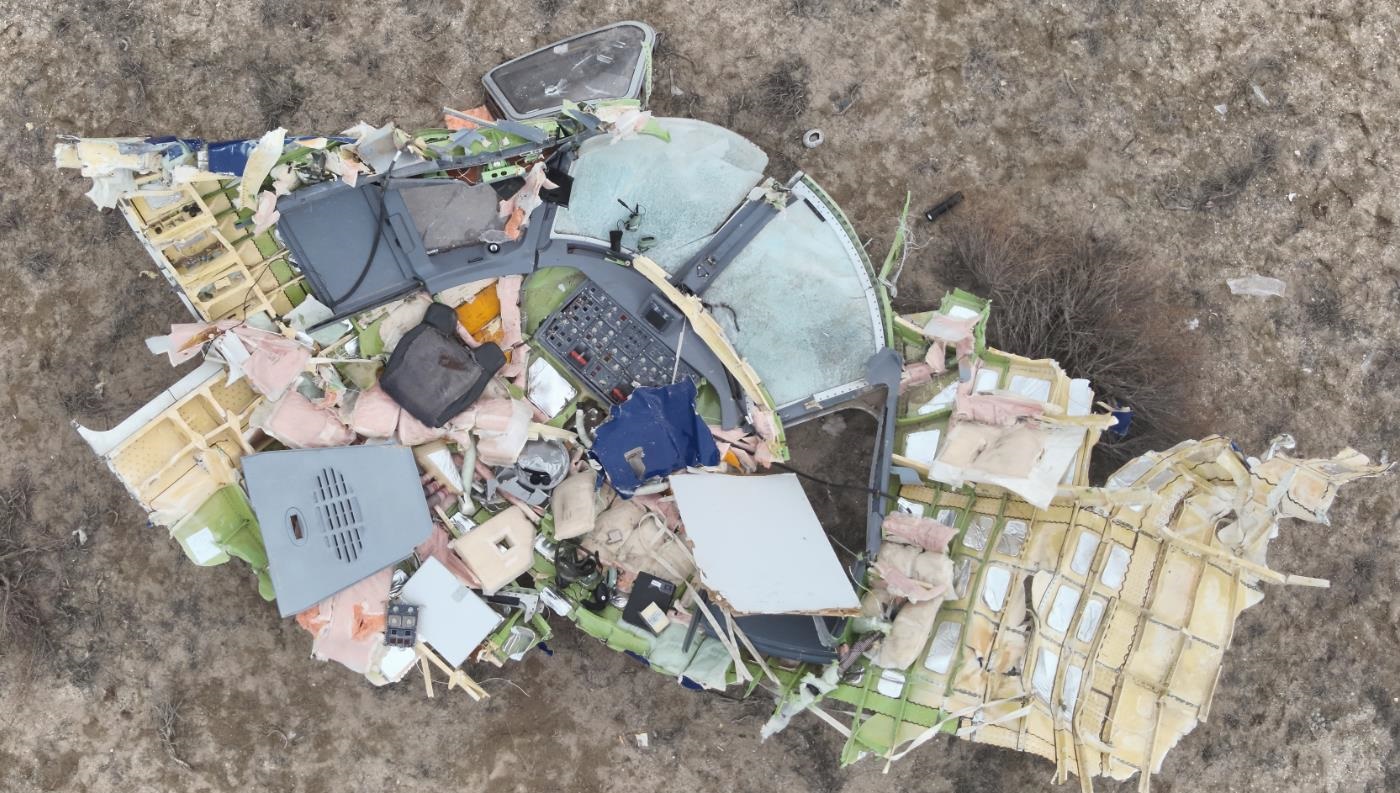
One of the key statements in the report indicates that the crew reported an explosion in the rear of the aircraft, followed by sudden depressurization. This detail is crucial, as it could rule out the hypothesis that the aircraft simply suffered a technical failure and instead point to an external event.
Damage analysis: the evidence raising doubts
The report details an extensive analysis of the Embraer 190 wreckage, highlighting significant damage to the tail section, horizontal stabilizer, and left engine. Some of these damages have been described as perforations in the fuselage, which has generated new hypotheses about the cause of the accident.
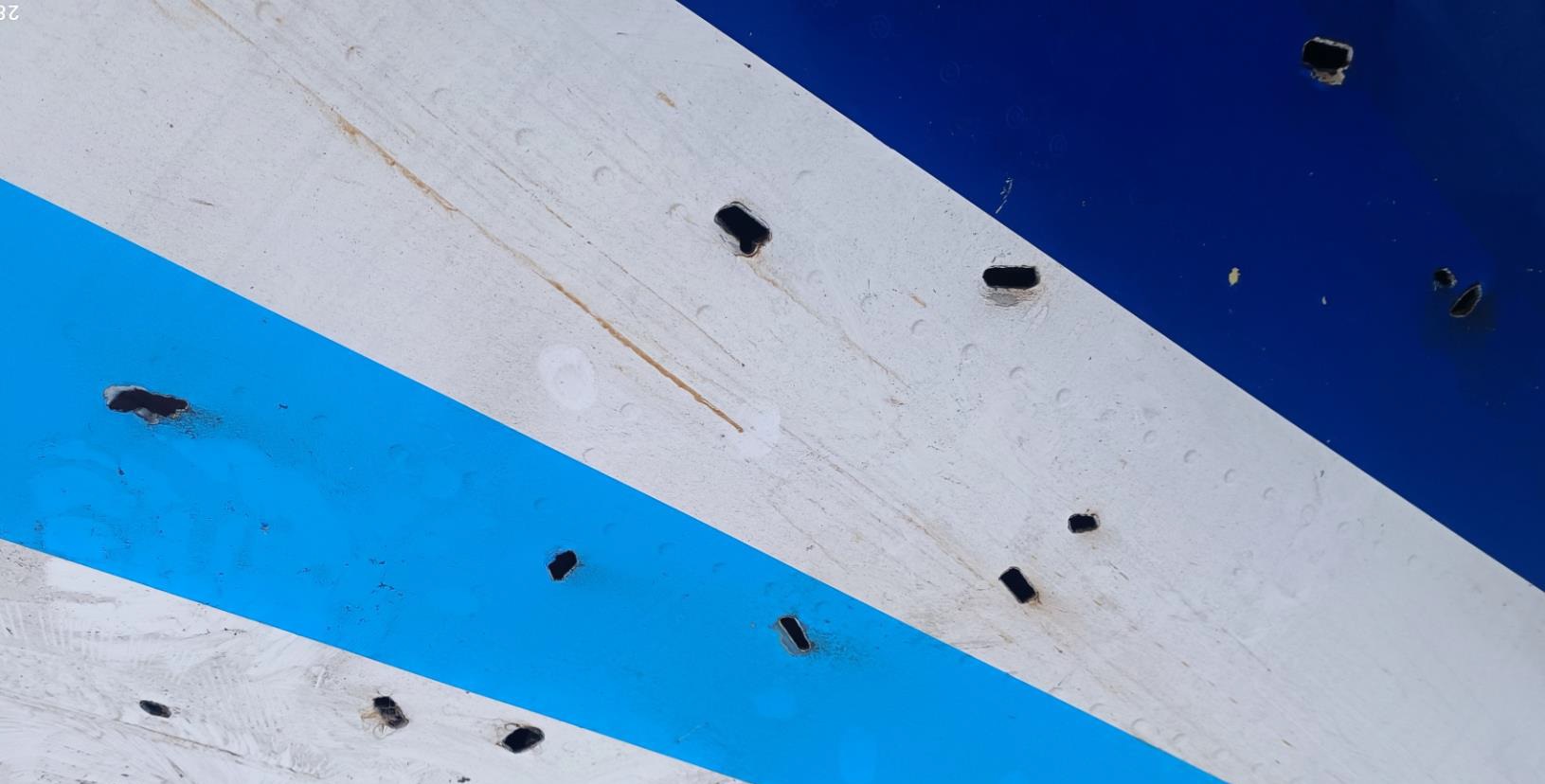
Among the most relevant elements of the forensic analysis is the recovery of metallic fragments embedded in the aircraft's structure, particularly in the tail section and hydraulic system. Experts have determined that these pieces were not part of the Embraer 190, which reinforces the possibility that the aircraft was hit by an external object in flight.
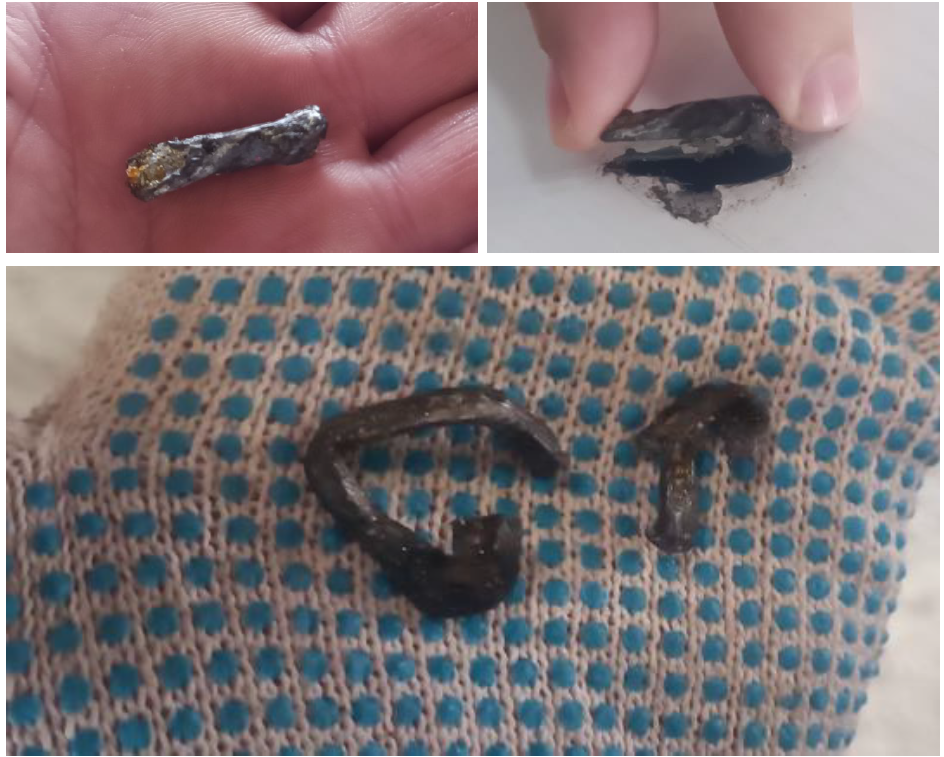
Additionally, damage was found in the hydraulic lines, suggesting that the aircraft suffered a progressive loss of control due to lack of pressure in its critical systems. This loss of control would have led the aircraft into a situation where the crew could only maneuver using the engines, an extremely complex emergency procedure with low chances of success.
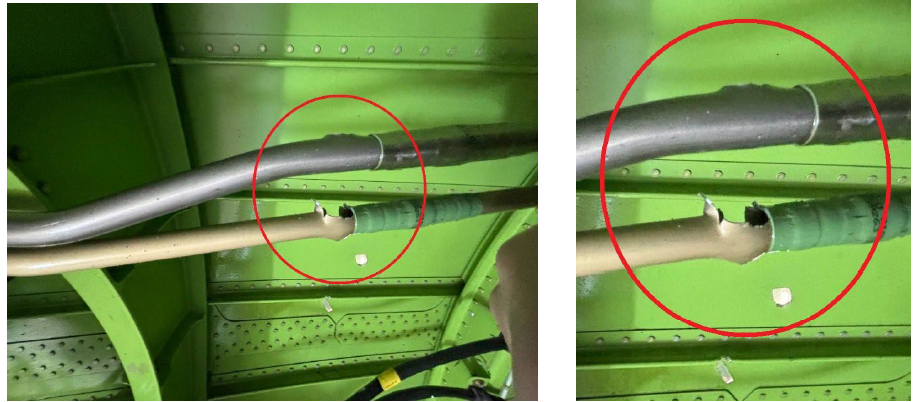
Collision with birds or impact from an external object?
Since the beginning of the investigation, one of the main hypotheses was the ingestion of birds into the engines, which could have caused the aircraft's systems to malfunction. However, the report does not present conclusive evidence of biological remains in the engines or fuselage, leading experts to reconsider this theory.
The preliminary report suggests that the aircraft may have been hit by an unknown object before losing control, which aligns with statements from Azerbaijan's president, who claimed that the Embraer 190 may have been shot down from the ground. This accusation has generated diplomatic tensions, especially because the damage described on the aircraft does not correspond to the typical patterns of a bird strike.
The report mentions that recovered metallic fragments have been sent for ballistic and forensic analysis to determine their origin. The results of these studies could confirm or rule out the possibility that the aircraft was hit by a projectile or another high-speed object.
The flight data recorder: the missing keys
While the report provides significant details about the last minutes of the flight, investigators are still analyzing the flight data recorders (FDR) and cockpit voice recordings (CVR) to understand what happened in the moments before the emergency.
Some key questions that experts seek to answer include:
• Was there an explosion inside the aircraft, or was it an external impact?
• Why did the hydraulic and navigation systems fail simultaneously?
• What evidence do the debris found on the aircraft provide regarding the cause of the accident?
The analysis of these data could be crucial to determine whether the accident was due to a mechanical failure, an in-flight collision, or even an intentional act.
Implications and next steps
The preliminary report leaves open the possibility that the Azerbaijan Airlines Embraer 190 accident was not a fortuitous event, but rather that external factors were involved. This finding could have diplomatic and aviation security implications at an international level.
You might be interested
Kazakh authorities have announced that they will continue analyzing the recovered fragments and carry out a detailed inspection of the aircraft’s systems. Meanwhile, a final report is expected in the coming months, which could clarify the true causes of the accident and potentially modify the official version of events.

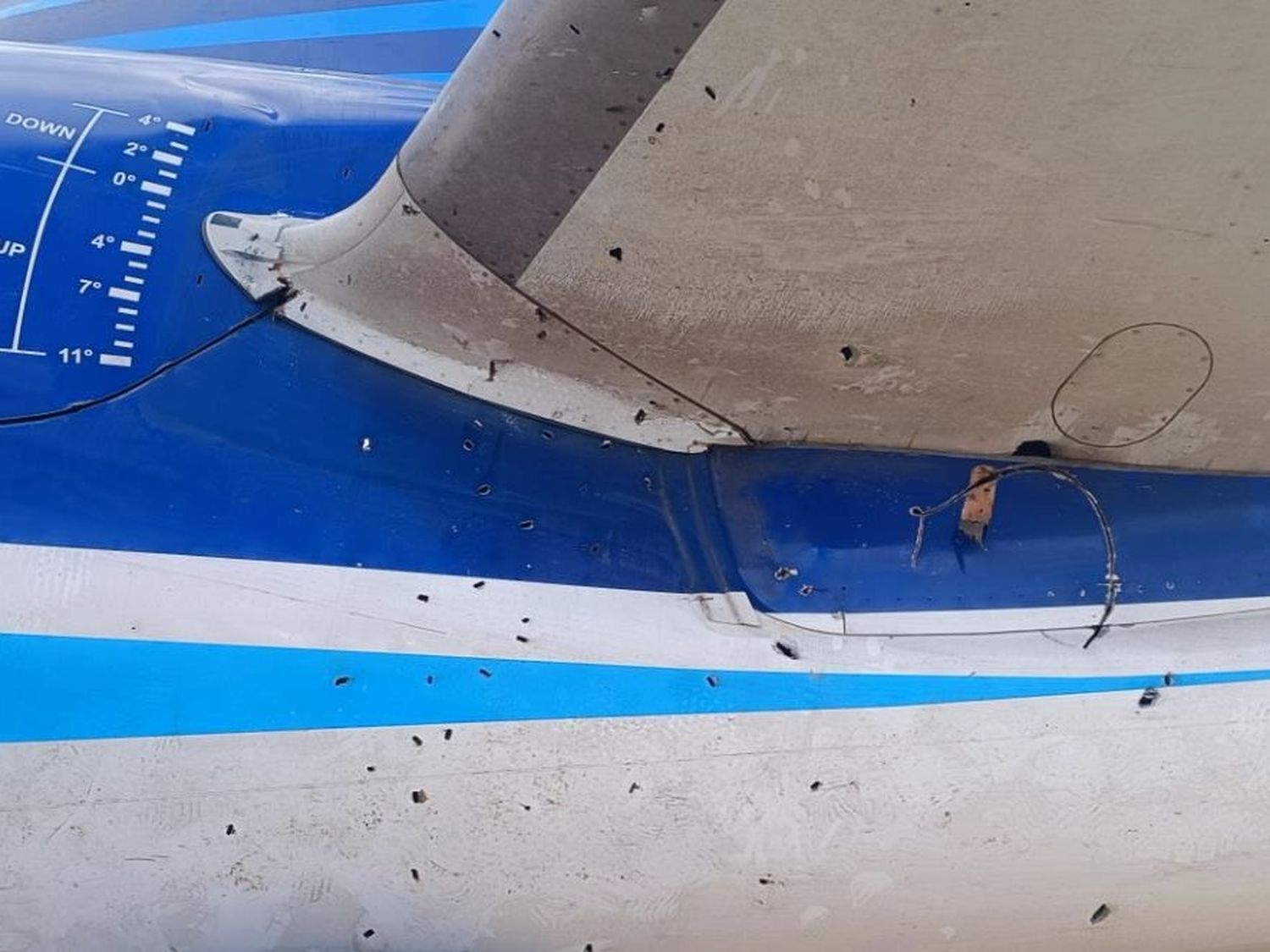
Comentarios
Para comentar, debés estar registrado
Por favor, iniciá sesión